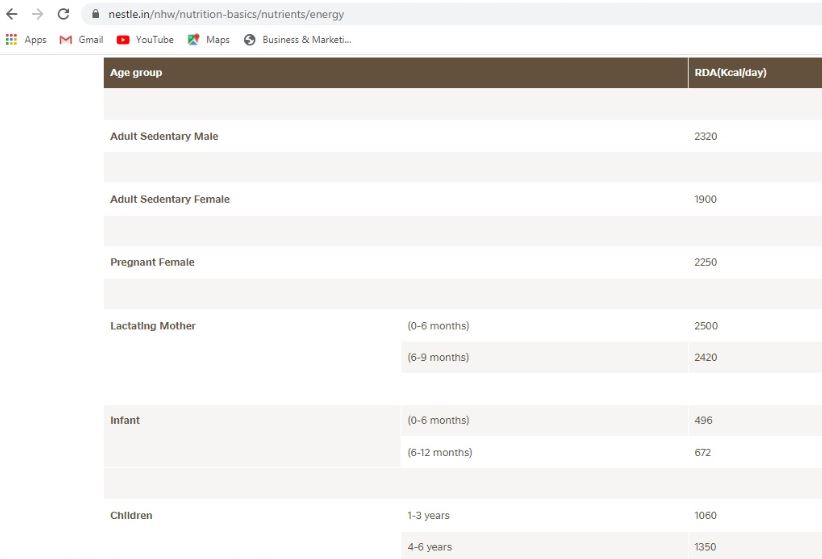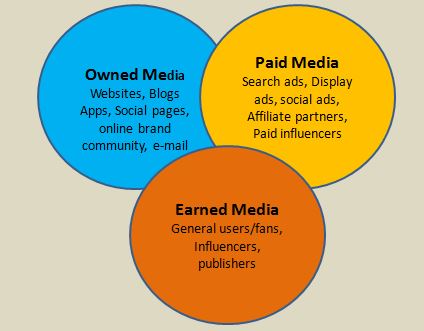Owned, Paid and Earned (OPE) Media for Brand Success
 Dr M.Rahman, Senior Marketing faculty, Galgotias University
Dr M.Rahman, Senior Marketing faculty, Galgotias University
While developing digital marketing strategies, a marketer must have an insight on Owned, Paid and Earned media (OPE) media for achieving the set marketing goals and maximizing Return on Investment (ROI). These are the broader categories of digital communication channels that must work together to reach out to target customers and drive traffic and conversions. There is also a framework called ‘POEM Framework’ to promote products and services through various media (Paid, Owned and Earned) so that digital marketing campaigns can attract more customers, gain leads and traffic.
These terms Owned, Paid and Earned media were first used by the globally renowned mobile phone manufacturer Nokia in 2008 in connection with their media planning. Nokia categorized all of their digital media as earned, owned or paid media and later on it became very popular in the digital marketing space with the increase in use of digital technologies and internet as a marketing channel and realization that a high-quality digital corporate presence is critical to success in the online environment.
To be successful, businesses must have optimal presence/visibility in all these media channels. However, to get the most out of the marketing budget, one needs to understand different channels that are likely to work best for a particular type of business to reach out to the target customers or users and selecting the right media-mix within the budget.
This article will help you understand owned, paid, and earned media, their benefits to businesses, metrics to measure their performance and how to optimally use these media.
Owned Media
Owned media refers to communication channels that is owned, controlled and maintained by the brand itself. These media/channels are used to communicate the brand message to target customers under the brand’s own terms, as well as to market specific products or services.
All in-house company channels are described as owned media, which of course includes any corporate media channels such as:
- Company or brand website
- Blog
- Social media pages in Twitter, Facebook, Instagram, Linkedin etc.
- You tube channel
- Online brand Community site
- Company/brand ‘s mobile app
- E-mail
Benefits of Owned Media
Having owned media channels provides multiple benefits to a firm as mentioned below:
- Brands have full control on it: The most notable benefit of owned media is the brand’s ability to control it. When the brand owns the media channel, it decides what type of content to publish, how often it will be updated and how users can interact with it. Owned media channels also allow brands to control incoming and outgoing connections, as well as the visual appearance and structure of the pages consumers view.
- Improve customer service by providing information at length through websites and handling customer queries or complaints quickly.
- Helps in build long-term customer relationships: If approached professionally, owned media channels can be successfully used to build long-term customer relationship. You can improve customer experience through personalized content.
- Helps brand in engaging consumers with positive brand content.
- Cost effective: These owned media channels are more cost effective than paid advertising.
- Helps in extending brand presence online: The more owned media channels you have, there are more chances of extending your brand presence online.
How to leverage owned media for brand success?
- Connect all channels to one another – When visiting a brand’s website, consumers should be able to find a link to the brand’s social media profiles and blog. Likewise, blogs and social media profiles should always point consumers to the brand’s official website.
- Offer useful, interesting information. For example, Nestle (www.nestle.in), a global firm producing and marketing popular food brands including Cerelac and Nangrow brands (for infants and children) provides information on energy requirements of infants, children as well as pregnant and lactating mother.
- Make frequent updates. Every time a brand updates its blog or social media profile, it is reminding consumers of its presence.
- Quick response to consumers requests or complaints. Two-way communication is key to building relationships and increasing consumer loyalty. When a consumer reaches out to a brand, the brand should respond quickly and positively.

Metrics to measure Owned Media Performance
Metrics are measures of quantitative assessment commonly used for assessing, comparing, and tracking performance. More simply, Metrics are numbers that give you important information how the process is functioning and provide base for you to suggest improvements. Generally a single metric is not good for measuring performance of anything. Rather, a combination of metrics is used to measure the performance of the owned media.
For owned media, some of the appropriate metrics are:
1. Website traffic/No. of visitors
2. No. of web pages viewed
3. Number of content downloads (PDF, Videos etc.)
4. Number of app downloads, updates and actions.
5. Length of time watching/listening.
6. Communication opt-in from content participants
7. Number of email messages read or forwarded to a friend.
8. Social engagement related metrics like likes, shares, comments, retweets etc.
